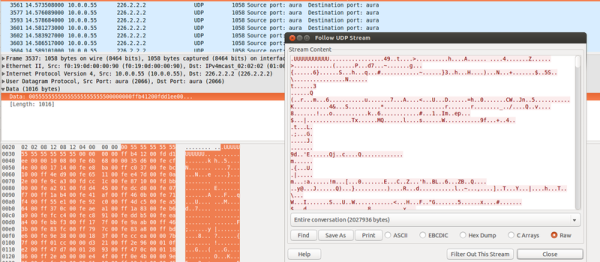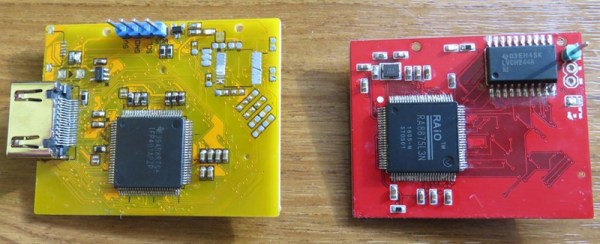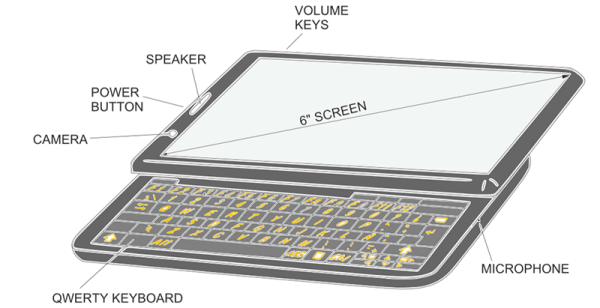A few years ago, [Kingpin] a.k.a. [Joe Grand] (A judge for the 2014 Hackaday Prize) designed the most beautiful electronic prank ever. The BSODomizer is a simple device with a pass-through connection for a VGA display and an infrared receiver. Plug the BSODomizer into an unsuspecting coworker’s monitor, press a button on a remote, and watch Microsoft’s blue screen of death appear. It’s brilliant, devious, and actually a pretty simple device if you pick the right microcontroller.
The original BSODomizer is getting a little long in the tooth. VGA is finally dead. The Propeller chip used to generate the video only generates text, and can’t reproduce Microsoft’s fancy new graphical error screens. HDMI is the future, and FPGAs have never been more accessible. For this year’s DEF CON, [Kingpin] and [Zoz] needed something to impress an audience that is just learning how to solder. They’ve revisited the BSODomizer, and have created the greatest hardware project at this year’s DEF CON.






















